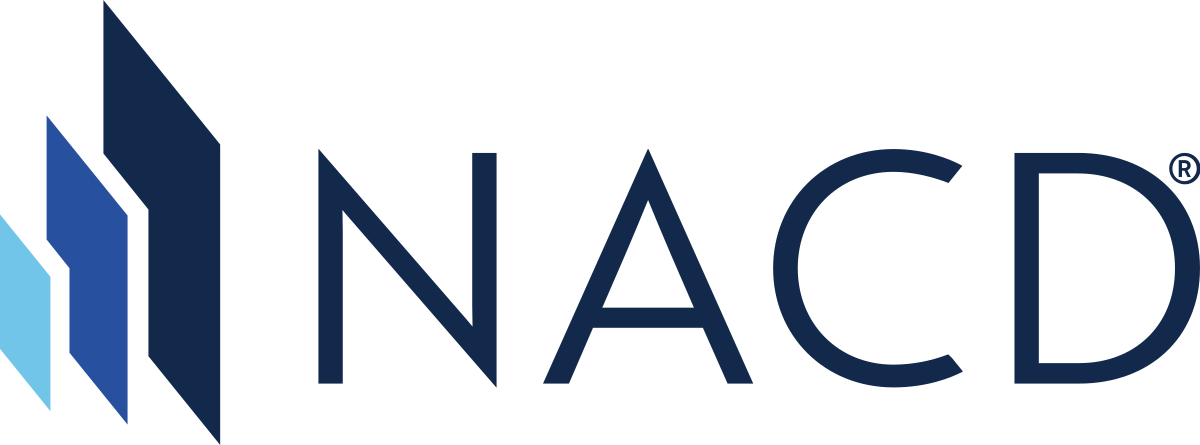
Governance Surveys

Leadership Insights from the Pandemic and Implications for Leadership Development
Disruptive forces, positive and negative, often recast stakeholder expectations for business leaders. Significant changes in company success and organizational experience, particularly those impacted by exogenous forces, require a rethinking of required leadership skills and attributes. Currently valued leadership capabilities should be questioned in the face of emerging strategic and operational business demands. The outcomes of this review may have implications for leadership development and succession planning processes.
The global COVID-19 pandemic sharply reminded us of the interdependence of firms and broader society. Daily reports of cases, restrictions, and closures created a surrounding of uncertainty and fear. Critical systems, infrastructure, and architecture that supported “normal” working operations were overwhelmed and often interrupted. We discovered the vulnerability of healthcare delivery, educational capabilities, supply chains, and business operations to sudden jolts in information, demand, human talent, and material flow.
As companies pivoted employees to mixed onsite-offsite work or all offsite working arrangements, employee safety, support, and engagement were critical concerns. Work effectiveness was impacted by fluctuating customer demand and supply, business forecasts, and new communication and operational technologies. Remote experiences also challenged employees to simultaneously work while handling childcare, educational support, and eldercare in competing working spaces. Yet, many firms and their employees realized benefits from these operating model changes including individual and organizational flexibility, productivity, and job attractiveness. They are seeking to retain some of the contributing practices. They have also increased their openness to new work and engagement models.
Company leadership experienced significant stress during the pandemic. Leaders made difficult decisions regarding business operations, safety, customer support, balance sheet management, and enterprise risk. They provided employee assistance, customer support and supply, supplier connection, and community collaboration. They regularly communicated with stakeholders to affirm their company’s values, business recovery efforts, and commitment to innovation and growth. They recognized their employees’ dedication and flexibility. They also highlighted examples of business progress and employee work contributions.
Companies and their leaders are still dealing with an uncertain future. The pandemic continues despite vaccines and a general business recovery. Industry sectors have experienced varying improvement, but few have been unscarred. Given the cataclysmic experience of COVID-19 and related leadership demands, it is appropriate to consider what leadership skills and attributes will be needed to address future disruptions. This assessment has implications for both the development of leaders and succession planning decision processes. Although each firm should determine their specific leadership requirements, I suggest that they might include some of the following attributes and skills:
Attributes
-
Integrity: Respected leaders adhere to strong principles and values in their decisions and behaviors. That congruence promotes stakeholder respect and commitment regardless of the popularity of their actions. This was required when leaders made pandemic-prompted decisions regarding business continuity, operational practices, and employment.
-
Trustworthy: Linked to integrity, trustworthy leaders are viewed as honest, responsible, and reliable. During COVID-19, they made risk assessments and developed recovery plans. They then explained related intentions to employees, customers, suppliers, and investors.
-
Empathetic: This capacity is shown when a leader hears, feels, and understands what another person is experiencing. This demonstration of “stepping into another’s shoes” encourages reflection and credibility. The attentive listening by company leaders to stakeholder experiences and related learning assisted in better decision-making and communications. It also helped with stakeholder acceptance of uncertain recovery schedules and new work arrangements.
-
Resilient: Leaders demonstrate this attribute in their continual learning, development, and self-control. They recognize changing situations, others’ behaviors, and their own thinking and behaviors. They also see the impact of their messaging, tone, and actions. During the pandemic, company leaders leveraged this capability to maintain stakeholder confidence and collaboration.
-
Strategically driven yet practical: Company leaders made financial and operational commitments for 2020-2021. However, COVID-19 suddenly changed those plans. In response, company leaders focused on key priorities, critical performance improvements, and immediate stakeholder care.
-
Purpose driven: A company’s business purpose is the creation of value for all stakeholders. Accordingly, ESG commitments are integrated through the firm in operations, innovation, capability development, risk management, and stakeholder relationships. During COVID-19, company leaders demonstrated this commitment in risk assessments, focused decision-making, and stakeholder support. They also increasingly addressed diversity, equity, and inclusion and human capital management issues.
-
Curiosity: The pandemic revealed a need for business systems capabilities that enable innovation, operational resilience, creativity, and flexibility. These capabilities may be found in culture, work practices, technology, and communications.
Skills
-
Adaptive leadership: This skill blend assists leaders to help their organizations adapt to complex, uncertain, and changing environments. It integrates recognition of significant changes, involved discovery, problem solving, and transformation (Heifetz, R. & Linsky, M., 2014).
-
Crisis management: These leadership skills enable an organization to deal with a sudden and negative event. COVID-19 demonstrated the critical leadership role in crisis detection, assessment, mitigation, recovery, and learning.
-
Stakeholder engagement: Ongoing relationships and related consultations with customers, suppliers, employees, and community organizations surface concerns, needs, interests, and expectations. They also identify opportunities for collaboration, innovation, and enhanced capability.
-
Strategic and operational planning, commitment, and execution: Strategic and operational plans integrate business purpose, choices, commitments, and planned execution. The pandemic’s impact required leaders to balance mission, risk, stakeholders’ trust, and operational performance. Company leaders leveraged those guides to manage through business fluctuations.
-
Technology: The pandemic challenged how companies develop, produce, market, and service their products. Company leaders must consider the integration of current and emerging technologies to obtain more efficiency, effectiveness, agility, stakeholder care, and risk reduction.
-
Partnership development and collaboration: COVID-19 required a coordinated response from companies, health systems, governmental organizations, and citizens. This took time to occur in many locations. However, these relationships promoted community and workplace health, safety, and confidence.
-
Employee teamwork, engagement, and development: The pandemic disrupted many teamwork and employee engagement processes. It surfaced varying employee access to technology, broadband, and support capabilities. Leaders must assess and address those differences to ensure employee opportunity and team effectiveness. Engagement processes should be adapted to mixed working arrangements. Employee development and support must be reinvigorated to attract, motivate, and retain talent.
-
Human resource management: Human resource systems and practices were also tested during the pandemic, social tensions, and a tight labor market. Leaders must demonstrate their commitment to human resource practices. They must also show effective use of human resource systems in attracting diverse talent, developing organizational and individual capability and performance, embracing inclusion, and providing opportunity and rewards.
-
Communications: Pandemic-related concerns and adjustments prompted an ongoing need for internal and external communications. This was achieved virtually and in person. This indicates that leadership communications must be continual and consistent, leveraging diverse forums.
A Timely Assessment
COVID-19’s broad disruption should cause company leadership and boards to consider whether past leadership skills and capabilities will fit emerging strategic and operational requirements. This timely assessment might encourage discussions regarding leadership roles and requirements, skill expectations, and attributes. It may also promote the rethinking of company leadership needs given the sector, strategic ambitions, and operating models. This consideration will provide a clearer foundation for leadership development and succession planning processes.
Karen Smith Bogart, PhD, is the president of Smith Bogart Consulting and serves on the boards of Mohawk Industries, Michelman, and the NACD Pacific Southwest Chapter. She is NACD Directorship Certified.
Karen Smith Bogart is the president of Smith Bogart Consulting. Bogart currently serves on the boards of Mohawk Industries, Michelman, and NACD’s Pacific Southwest Chapter. She is also an NACD Directorship Certified Director.